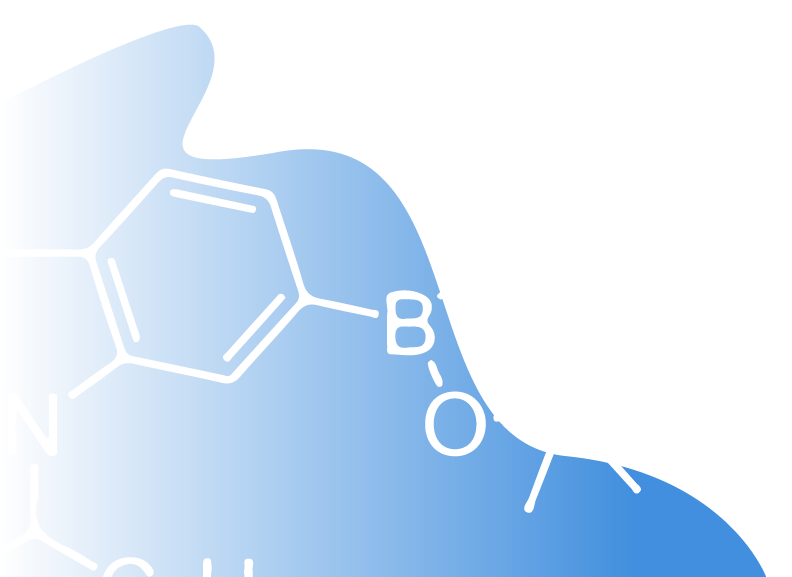[1,1'-Biphenyl]-2,2'-dicarbonitrile
CAS Number 4341-02-0
Chemistry Building Blocks, COF Ligands, Monomers, Non-Heterocyclic Building Blocks, Porous Organic FrameworksCovalent Organic Frameworks (COFs) Biphenyl Ligand
As a dinitrile building block for the synthesis of triazine-COFs and macromolecules for optoelectronic applications
Overview | Product Information | MSDS | Related Products
[1,1'-Biphenyl]-2,2'-dicarbonitrile (CAS number 4341-02-0) is a biphenyl building block with two nitrile groups at its bay positions. With the two nitriles, [1,1'-biphenyl]-2,2'-dicarbonitrile undergoes trimerization reactions for the preparation of triazine-based COFs. [1,1'-Biphenyl]-2,2'-dicarbonitrile is a key component for the synthesis of azepiphthalocyanine, a π-conjugated bowl-shaped molecule. The resulting azepiphthalocyanine incorporates a seven-membered ring in its structure, attributing to the curved surfaces.
A thermally activated delayed fluorescent (TADF) emitter consists of a [1,1'-biphenyl]-2,2'-dicarbonitrile core and carbazoles. This narrow band TADF emitter exhibits deep blue fluorescence with a full width at half maximum of 48 nm and a quantum efficiency of 14%.
MOF and COF Ligands
Biphenyl ligand for cross-linked COF/MOF networks
Facile Reactions
Nitrile possesses excellent reactivity
High Purity
> 97% pure
Worldwide Shipping
Quick and reliable shipping
General Information
| CAS Number | 4341-02-0 |
|---|---|
| Chemical Formula | C14H8N2 |
| Full Name | 2,2'-Biphenyldicarbonitrile |
| Molecular Weight | 204.23 g/mol |
| Synonyms | 2,2'-Dicyanobiphenyl, 2-(2-Cyanophenyl)benzonitrile |
| Classification or Family | Porous organic frameworks, Biphenyls, Nitriles, TADFs, Triazines |
Chemical Structure
![[1,1'-Biphenyl]-2,2'-dicarbonitrile chemical structure, CAS 4341-02-0](https://www.ossila.com/cdn/shop/files/1-1-biphenyl-2-2-dicarbonitrile-structure-body.png)
Product Details
| Purity | > 97% |
|---|---|
| Melting Point | N/A |
| Appearance | Off-white to beige crystals/powder |
MSDS Documentation
[1,1'-Biphenyl]-2,2'-dicarbonitrile MSDS Sheet
References
- Donor interlocked molecular design for fluorescence-like narrow emission in deep blue thermally activated delayed fluorescent emitters, Y. J. Cho et al., Chem. Mater., 28 (15), 5400–5405 (2016); DOI: 10.1021/acs.chemmater.6b01484.
- Structurally-modified subphthalocyanines: molecular design towards realization of expected properties from its electronic structure and structural features, Chem. Commun., 50, 6949–6966 (2014); DOI: 10.1039/C4CC01526F.
- Azepiphthalocyanine—an unprecedented large twist of a π-conjugation system upon core-modification with a seven-membered ring unit, Chem. Commun., 47, 3072–3074 (2011); DOI: 10.1039/C0CC05276K.
Related Products
We stock a wide range of porous organic frameworks available to purchase online. Please contact us if you cannot find what you are looking for.
![[1,1'-Biphenyl]-2,2'-dicarbonitrile CAS 4341-02-0](http://www.ossila.com/cdn/shop/files/1-1-biphenyl-2-2-dicarbonitrile-structure-title.png?v=1723025057&width=240)

